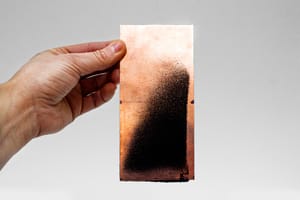Today’s newsletter is all scope creep – bullets, by popular demand, but uncategorized and purely for your enjoyment.
SCOPE CREEP.
- I wrote on Monday about cobbles, sett, and the fired slag adoquines that are used to pave the streets of Old San Juan, Puerto Rico. As I mentioned there, cobbles (that is, true “cobblestones”) are naturally occurring stones, usually roundish; they can be used to pave streets, but rectangular sett, which have been shaped by humans, nest more nicely and generally provide a smoother road surface.
Well it turns out that the glaciated soil in upstate New York is littered with cobbles, and when the Erie Canal was excavated a lot of them ended up being used as cheap building materials. The Cobblestone Museum, in Albion, New York, maintains a remarkably detailed map and database of cobblestone buildings in New York State, and explains how cobblestone walls were constructed and how a cobblestone construction project took shape. They also claim that “Ninety per cent of the cobblestone buildings [in the US] can be found within a 75-mile radius of Rochester, NY.” If you want to see a gallery of cobblestone buildings, here that is.
Read the full story
The rest of this post is for paid members only. Sign up now to read the full post — and all of Scope of Work’s other paid posts.
Sign up now
Already have an account?
Sign in


